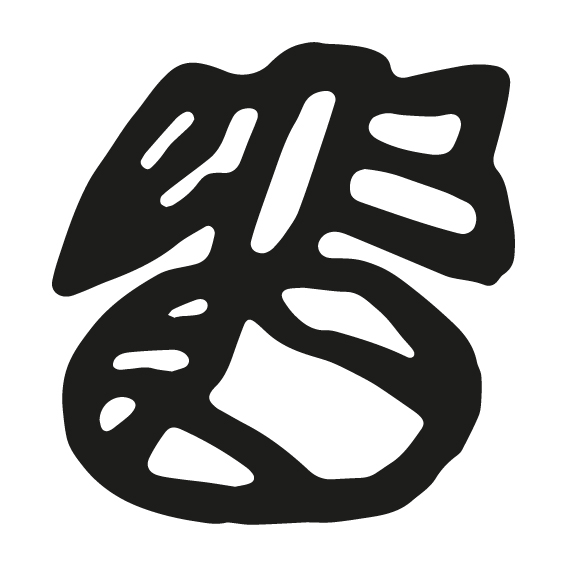Critics’ Picks
by Federico Florian
01.11.2019
Two self-supporting structures, resembling
minimalist totems, form Andrea Kvas’s
installation Untitled (Cornie), 2019, created
for the space of the former Milanese studio of
the late outsider artist Pharaildis van den
Broeck. Born in Belgium in 1952, Van den
Broeck built a career in Milan as a fashion
designer, working for brands like Versace and
Missoni. In the mid-1990s, she quit design to
start painting: an activity to which she utterly
and exclusively devoted her creative efforts
until her death in 2014, producing a
gargantuan oeuvre of more than two
thousand paintings and as many drawings.
Halfway between ingenious framing devices
and autonomous sculptures, Kvas’s
intervention could be interpreted as a
postmortem dialogue with Van den Broeck,
an artist who approached painting as an
extremely private, introverted exercise and
who deliberately isolated her work from the
art discourses of the time.
Kvas conceived the two sculptures on view
here as supports for four paintings by the
Belgian Italian artist. Made of vertical
wooden boards arranged together to form
pillars, they graciously accommodate the
canvases hanging on their surfaces, and each
responds differently to the formal qualities of
the works that they frame. In one example,
the raw materiality of Van den Broeck’s
paintings—two untitled works from 2011 that
she originally used as color palettes and later
turned into semi-figurative compositions—
contrasts with the sleek gray surface of Kvas’s
structure. In the other, his roughly painted
plywood boards echo the colors of the two
untitled still lifes they enclose: each one a
joyful combination of pink, blue, aquamarine,
and purple.
The frame—that bridge between the painted
surface and the outside world—was a
recurrent concern in Van den Broeck’s art.
Some of her sketches (also on view at the
Archivio) reveal complex framing structures
the artist designed over the last ten years of
her life but never realized. Taking inspiration
from these drawings, Kvas has created a setup
that extends Van den Broeck’s investigation
into the sculptural possibilities of painting.
Here, the function of the frame is no longer to
limit or define the boundaries of the picture;
instead, it expands the paintings’ surfaces
into three dimensions.
